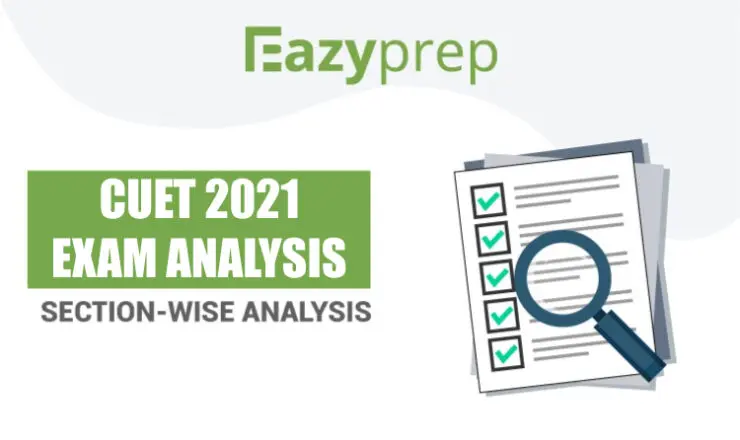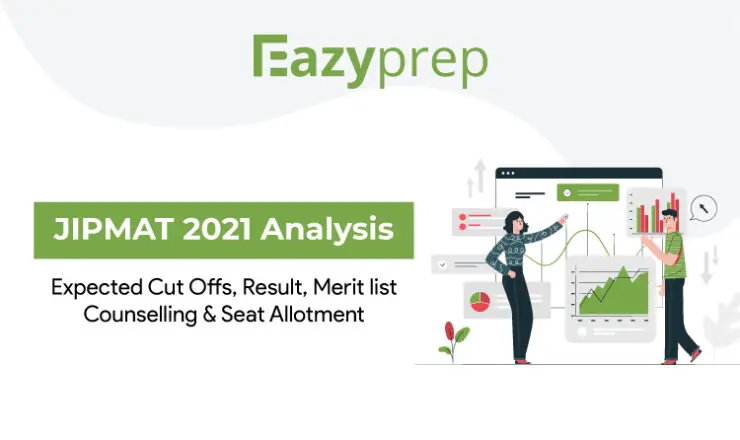![]()
BMMMC is the Bachelor of Arts honors degree in Multimedia and Mass Communication offered by the Delhi University. The admissions to this course are done through the BMMMC Entrance Exam conducted by the National Testing Agency (NTA). The BMMMC course is offered by the Indraprastha College for Women (popularly known as IP College), which is under the Delhi University or DU. The course is self-financed.

The DU BMMMC entrance test of the year 2020 was conducted on September 11, in online mode, in venues across the country. The result of the exam was declared on October 14th, 2020. This article will give you a detailed analysis of the exam in 2020.
Overview of DU BMMMC Entrance Test 2020
| Mode of the Exam | Online, computer-based test |
| Number of Questions in the exam | 100 |
| Duration of the Exam | 2 Hours |
| Type of Questions | Multiple Choice Questions |
| Language of the Exam | English |
| Marking Scheme | 4 marks for every right answer-1 mark for every wrong answer |
| Maximum Marks | 400 marks |
| Number of Sections | 5 |
The two-hour-long exam had 100 multiple-choice questions to be answered with each correct answer earning the candidate 4 marks while a wrong answer would cause the losing of 1 mark. 20 questions were asked from each of the 5 sections of the question paper.
| Section | No. of Questions |
| English Comprehension | 20 |
| Current Affairs | 20 |
| General Awareness | 20 |
| Grammatical and Analytical Skills | 20 |
| Media Awareness | 20 |
The turnout of the number of candidates was lower this year due to the Covid-19 pandemic. Social distancing was given importance and all precautions were taken in the test centers according to the Covid-19 protocol. Hand sanitizers and three-ply masks were provided to all the candidates. The students who attended the exam found the difficulty level of the exam to be from moderate to high.
DU BMMMC Entrance Exam Analysis
The entire paper was neither too easy nor too difficult for the students who attempted it. The questions all came from the specified syllabus. The question paper was divided into five sections. They were:
- English Comprehension
- Current Affairs
- General Awareness
- Grammatical and Analytical Skills
- Media Awareness
A detailed analysis of each of the sections of the exam is given below:
1. English Comprehension
This was perhaps the easiest section of the entire exam. The paragraph given was easy to understand and the questions asked were mainly factually based. Over the years, the passages for comprehension have been chosen from literary texts like short stories and novels as well as news articles and features.

2. Current Affairs
The questions of this section were concerning national and international events of the past year. Candidates who keep themselves updated, found this section to be very easy. The questions were based on the following topics:
- World Politics
- Indian Politics
- Awards and Honors
- Conflicts
3. General Awareness
This section consisted of general knowledge, especially from the areas of history and science. Social sciences were given an upper hand in this section since questions were asked from geography, as well as politics too. It also included books and authors and world history. Preparing with yearbooks or other general knowledge books will help you in cracking this section.

4. Grammatical and Analytical Skills
This section was also easy for most of the candidates. Basic grammar contributed to the majority of the questions in the section. The question patterns consisted of filling in the blanks, replacing words, correcting sentences, One-word substitution, etc. The grammatical concepts that you have learned in school are well and enough to ace this section. To prepare, you can use your old-school textbooks. The topics that were covered in the section included the following:
- Synonyms
- Antonyms
- English Comprehension
- Idioms and phrases
- Para jumbles
- Prepositions
- Nouns
- Adjectives
- Verbs
5. Media Awareness
This section was domain-specific, including questions from basic journalistic knowledge that students who opted for the journalism stream in 11th and 12th would find easy. Basic theory questions, as well as application questions, were asked. Also, questions about the moral position of a media person were asked.
The DU BMMMC entrance exam 2020 was neither too hard nor too easy for the candidates who appeared for it. Students who did their preparations basing them on the BMMMC entrance exam syllabus, found it to be way easier than the others. Hope this article was helpful for you in understanding the pattern and difficulty level of the BMMMC entrance exam this year.

